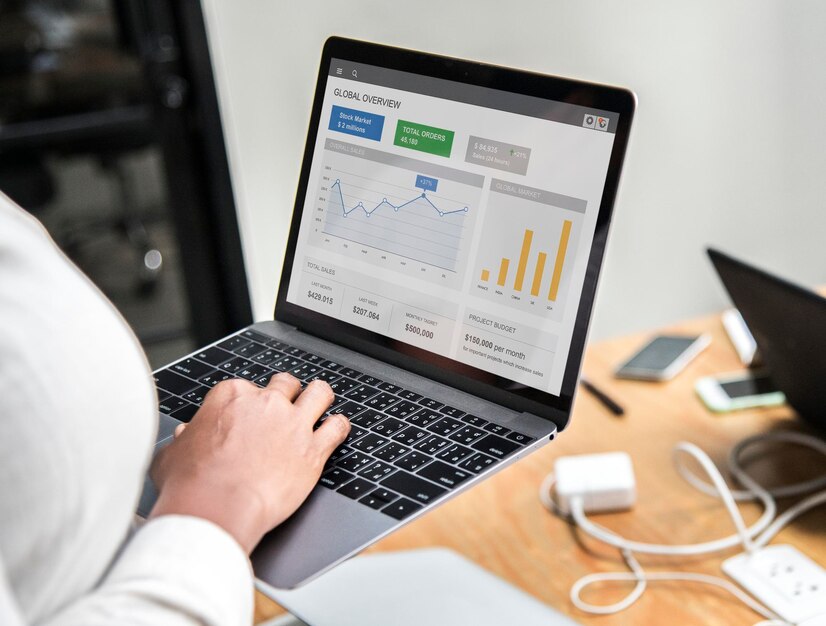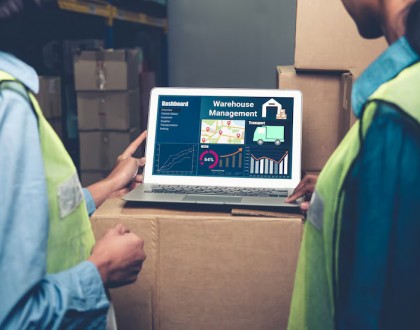Shopify Analytics & Funnels for Conversions

Introduction
You are already aware that traffic does not always translate into sales if you manage a Shopify site. You need to know how users navigate your site, where they leave, and what steps they take before making a purchase if you want to increase conversions in your Shopify business. This is where Shopify conversion funnel tracking and Shopify analytics for e-commerce are useful.
This blog post will discuss how to monitor, test, and improve your customer experience from homepage to checkout using Shopify’s built-in capabilities (as well as third-party connections). This tutorial will assist you in deciphering your data and converting insights into revenue, regardless of your level of experience with e-commerce.
Understand Why Analytics Matter in Shopify
Before diving into dashboards, let’s start with the why. Shopify analytics helps you:
- Identify bottlenecks in your sales funnel
- Understand customer behavior patterns
- Discover which products perform best
- Improve marketing ROI
More importantly, data-driven decisions reduce guesswork. By leveraging Shopify analytics for ecommerce, you can double down on what’s working and fix what’s not.
Set Up Shopify Conversion Funnel Tracking
Your conversion funnel is the series of steps a user takes before making a purchase—from landing page to checkout. Shopify’s basic analytics shows you sessions, product views, add-to-cart rates, and sales, but you can enhance this using tools like:
- Shopify Analytics (Basic and Advanced Plans)
- Google Analytics 4 (GA4) integration
- Hotjar or Microsoft Clarity for heatmaps & session replays
- Shopify apps like Lucky Orange or Littledata
Key Funnel Stages to Track:
- Product Page Views
- Add to Cart
- Begin Checkout
- Purchase Completed
Analyze Customer Behavior for Better Insights
Understanding Shopify customer behavior analysis is critical to improving your funnel. Here’s what to look for:
- Time on site – Are users engaging or leaving quickly?
- Navigation paths – Which pages are they visiting?
- Exit pages – Where are you losing them?
- Device & location data – Optimize based on real usage trends
You can use:
- Shopify’s Behavior Reports
- GA4’s “Engagement” and “Path Exploration” features
- Heatmaps from Hotjar to identify scroll depth and clicks
This data tells you why conversions aren’t happening and where users might feel confused, overwhelmed, or uninterested.
Improve Shopify Store Conversions
Now that you’ve got behavioral data, use it to make conversion-focused improvements. Here are some data-driven tweaks you can try:
- Speed up your site (especially mobile!)
- Simplify navigation — too many clicks = lost users
- Add trust signals like reviews, badges, and guarantees
- Highlight bestsellers or bundles based on sales data
- Display personalized product recommendations
Also, ensure your checkout process is seamless. Use Shopify’s abandoned cart recovery tools to follow up with users who almost purchased.
Run A/B Testing in Shopify to Optimize Results
Testing is where the magic happens. With A/B testing in Shopify, you can compare two versions of a page or element to see which one performs better.
What to test:
- Product titles or images
- CTA button text or color
- Homepage banners or copy
- Checkout layout or form fields
Use tools like:
- Google Optimize (still works with some configurations)
- Convert or VWO (Visual Website Optimizer)
- Shopify apps like Neat A/B Testing or Dexter
Test one variable at a time and give it at least a week to gather meaningful data. Winning versions = higher conversions.
Build Custom Reports & Automate Analytics
Once you’ve set up your analytics and funnels, you’ll want to automate insights. Shopify lets you create custom reports (on Advanced and Plus plans), or you can use:
- Google Looker Studio to build visual dashboards
- Littledata to auto-sync Shopify + GA4 + subscriptions
- Shopify’s “Reports” app section for easy templates
Set weekly or monthly alerts for metrics like:
- Drop in conversions
- Spike in abandoned carts
- Changes in traffic sources
- ROI from ad campaigns
These alerts help you fix issues before they snowball.
Conclusion
To truly improve Shopify store conversions, tracking user behavior and testing changes should become part of your weekly routine. With the right tools and mindset, your data can tell you exactly what’s working—and what’s not.
By combining Shopify analytics for ecommerce, advanced Shopify conversion funnel tracking, and ongoing A/B testing in Shopify, you’ll unlock valuable insights to drive revenue growth.
FAQs
Q1: Do I need Shopify Plus for advanced funnel tracking?
No, but you’ll need at least a Basic Shopify plan + GA4 or an analytics app for deeper funnel insights.
Q2: How long should I run A/B tests?
Ideally, run tests for at least 7-14 days depending on your traffic. The more data, the better.
Q3: Can I track heatmaps directly in Shopify?
Not natively, but you can use tools like Hotjar, Lucky Orange, or Microsoft Clarity for visual behavior tracking.
Q4: How do I improve Shopify store conversions fast?
Start by optimizing your product pages, speeding up your site, simplifying navigation, and using clear CTAs.
Q5: What’s the difference between GA4 and Shopify Analytics?
Shopify gives ecommerce-specific reports, while GA4 offers deeper audience segmentation, paths, and engagement metrics.
Recommended Posts

Shopify Migration Guide for Indian SMEs
June 26, 2025



